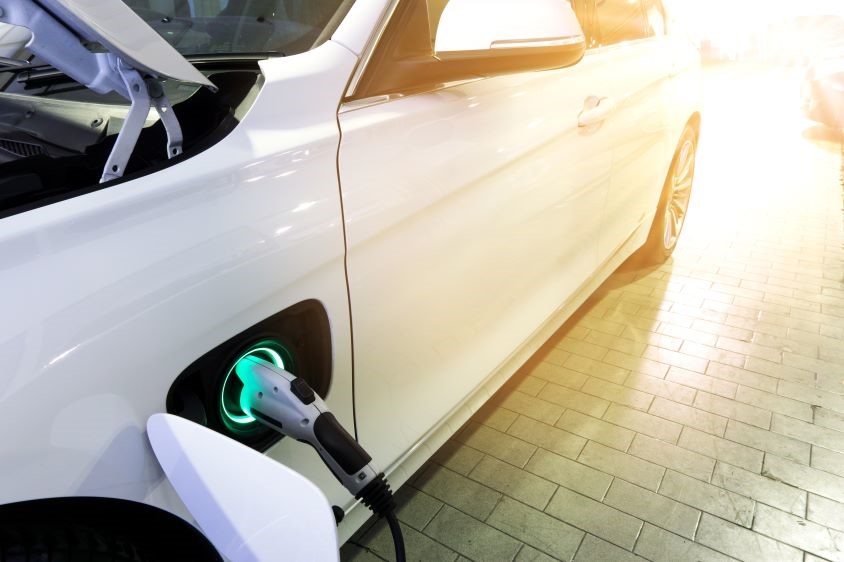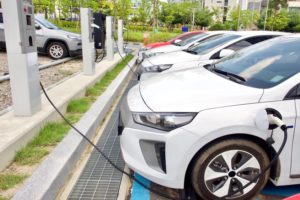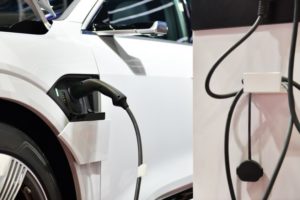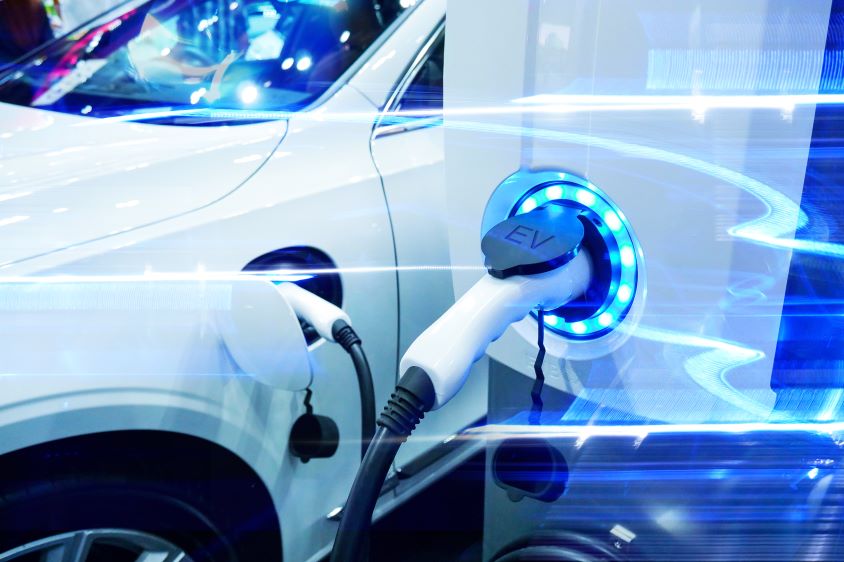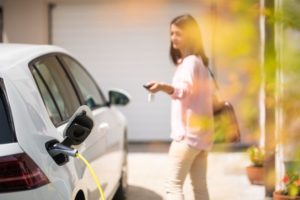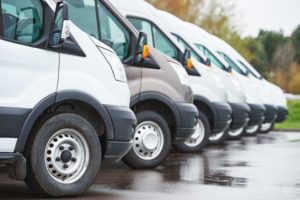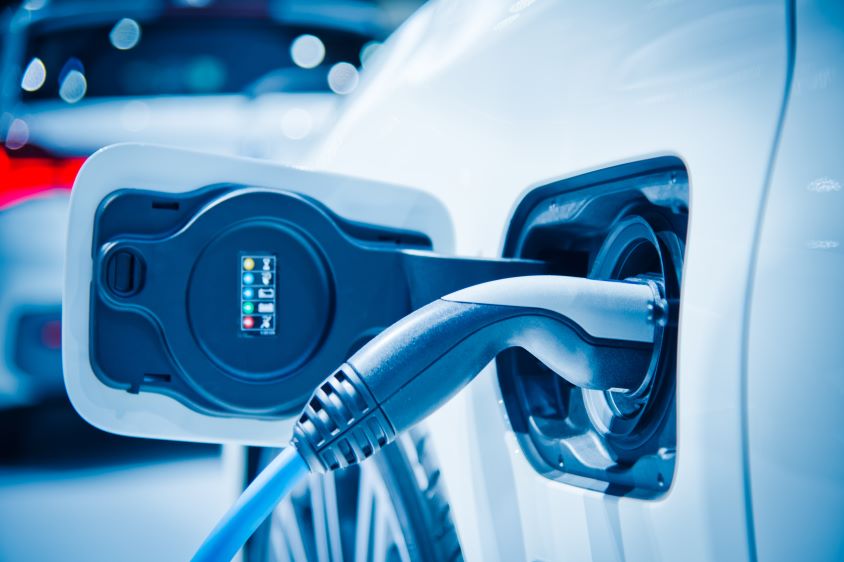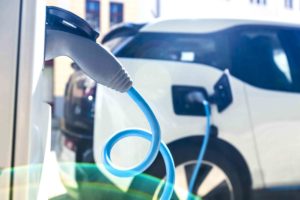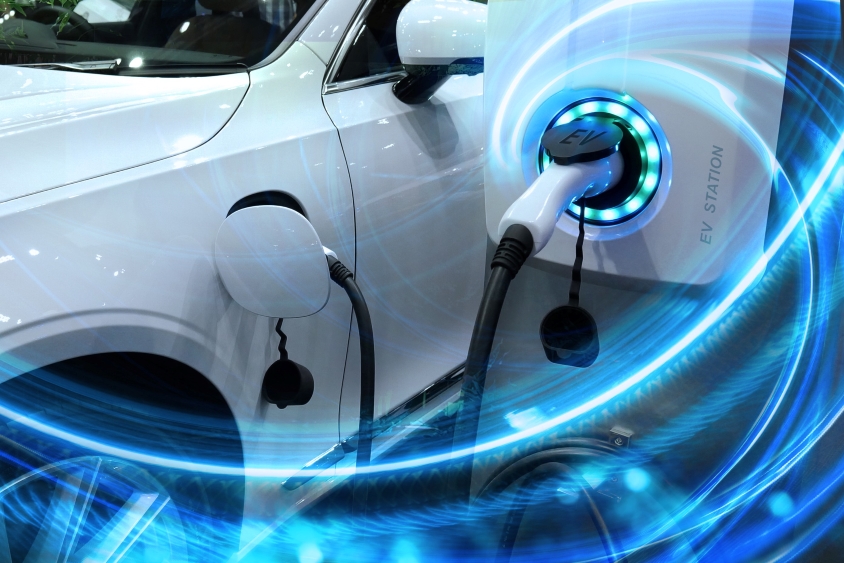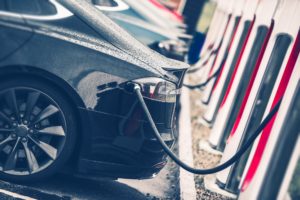With the need to adopt the use of electric vehicles increasing each year, so does the need to consider how fleet management will be affected.
Fleet managers have been overseeing petrol and diesel vehicles for decades. This new type of vehicle, however, comes with a whole new list of challenges.
Why should fleets make the change to electric vehicles?
Firstly, the UK government are planning to ban the production and sale of new petrol and diesel cars and vans in 2030. As a result, we can expect to see a huge increase in the use of electric vehicles by the end of the decade.
Depending on your location, making the change to electric vehicles can have financial benefits. The Ultra Low Emission Zone in London now means that any vehicle not meeting the emissions standard will have to pay. This can be a charge of up to £100 depending on the size of your vehicle. The range of this zone is set to expand, as well as similar zones being introduced in other cities such as Birmingham and Glasgow.
A sudden transition to electric vehicles could put a strain on fleet management. Therefore, one might consider a slow changeover. Swap out your fossil fuel burning vehicles in favour of electric vehicles slowly over the next few years. This would not only mean you are prepared for the future, but will also have time to adapt to the challenges that come with managing a fleet of electric vehicles.
What should fleet managers be aware of?
At this point in time, a newer electric car might get you between 200-300 miles before it needs recharging. Older cars will of course give you less range. This anxiety about the lack of range is usually cited as the main reason for not making the transition.
When combined with the fact that there are limited charging points in the UK, this can be a real cause of worry for fleet managers.
However, both of these factors are set to improve in the coming years. Battery technology is constantly developing; we’re seeing increased capacities each year.
Furthermore, you can expect to see more charging points across the country. Companies such as Allstar are working to make recharging electric vehicles as convenient as possible with over 1500 locations in their UK network.
How can fleet managers adapt to range limitations?
The most sensible decision a fleet manager can make to prepare for the electric revolution is to acquire an electric fuel card.
With a fuel card, your fleet could be managed with great efficiency. Cards such as the Allstar One Electric offer the same benefits as a regular fuel card. This card (along with similar cards offered by BP and Shell) allows you to pay for petrol and diesel as well. For fleets making a slow transition to zero-emission vehicles, this removes any anxiety managers might have about having to keep track of two separate accounts.
You would be given access to one invoice, meaning you don’t need to keep hold of receipts. The spending of each driver in your fleet could be easily monitored.
Suppliers of electric fuel cards are continuing to add more charging stations to their network, and finding charging points for your fleet would be easier than ever with some great charging point locator apps on the market. As with fuel, it is important to plan your drivers’ journeys with charging stations in mind.
With the range limitations of electric vehicles being a primary concern, knowing that your fuel card will help you manage the charging of your fleet can alleviate a lot of stress.
What else should you know about electric vehicles?
When managing a fleet of electric vehicles, there are other aspects to consider that will affect their range.
Do your research before committing to a specific vehicle. The advertised range may be exaggerated as it was tested in ideal conditions. If the stated range of a vehicle is 200 miles on a single charge, be safe and assume it is closer to 150. As your fleet uses these vehicles, you will become more accustomed to their range capabilities and can make adjustments accordingly.
Chargers
Different charging stations will offer different types of chargers. New variants, such as the Ultra-Rapid DC charger, are able to recharge electric vehicles to 80% in 20 minutes depending on the vehicle. When planning your fleet’s route, consider which stations provide access to the quickest chargers. It might be efficient to go slightly off route to charge quickly than to stay on course and charge at a point that takes up to 2 hours to charge.
Weather conditions
When planning your fleet’s journeys, it pays to be mindful of the weather. A colder battery is more resistant to charging, so will take longer. Of course, UK weather does not make this an easy task, but allocating more charging time during the winter months is a sensible practice to get into.
Battery drainage
The rate at which an electric vehicle’s battery will drain depends on multiple factors. Ensure that your drivers are aware of how efficient driving can improve their range. Softer breaking and consistent, lower speeds will help maintain charge. Economy modes are available in some models, but this often comes at the cost of acceleration.
Conservative use of accessories such as air conditioning or heating will reduce drainage. Heating the interior of the car whilst still plugged in is a good option; the driver can maintain comfort without draining precious power.
Eventually, your fleet of electric vehicles will need their batteries replaced. They lose capacity over time just like a phone battery. Some car batteries could last for up to 10 years, but vehicles in constant use like taxis or buses would need their batteries replaced in half the time.
Armed with this information, fleet managers can combat the range limitations of their vehicles. As electric vehicle technology continues to improve, so too will they become easier to manage. To find out more about how you can improve your electric vehicle management, get in contact with our team for expert advice.

